Cells are the smallest units of life, providing structure and function for all living things, from microorganisms—like bacteria, algae, and yeast—to humans. They come in a wide range of sizes and shapes, and they’re complex machines with many smaller components that work together.
Some NIGMS-funded researchers use imaging techniques to peer inside cells, examine their structures, and study how they divide, grow, communicate, and carry out basic functions. Others use biochemical and genetic tests to study how cells interact with their environments, including those that may be toxic. Understanding cells’ biological processes helps to keep us healthy and identify new methods for treating disease.
Take our quiz to test how well you know cells. Afterward, check out our other blog posts on cell biology.
Results
Share...
Share...
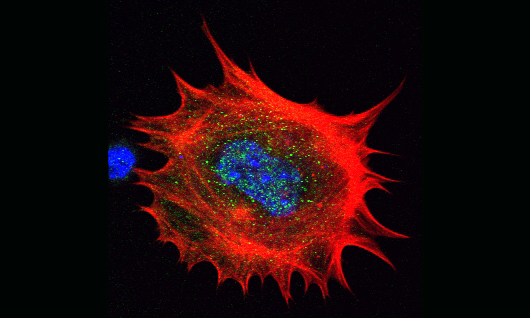
#1. Which of these is NOT a way that cells move?
The correct answer is D. Cells don’t disassemble and then reassemble themselves to move, but they do employ all of the other methods.
Share...
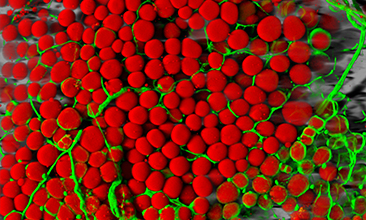
#2. About how many different TYPES of cells do humans have?
The correct answer is A. Humans are made up of trillions of cells, but there are only about 200 major cell types.
Share...
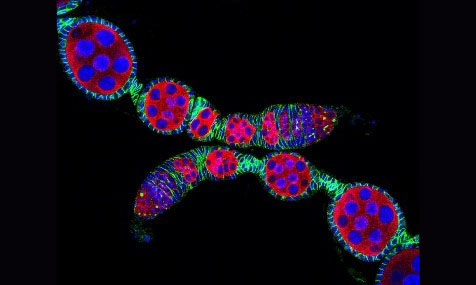
#3. Which of these human cells has the largest diameter?
The correct answer is C. An egg cell has a larger diameter than any other type of human cell, about 80 micrometers. That’s roughly the same diameter as a strand of hair. However, nerve cells are our longest cells; some extend over 3 feet!
Share...
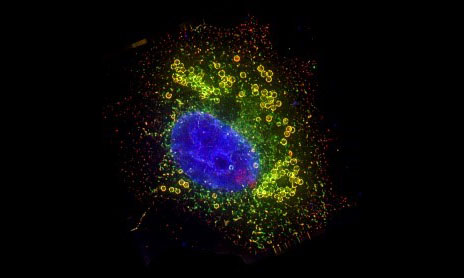
#4. Which of these cell components do animals and plants have that bacterial cells don’t?
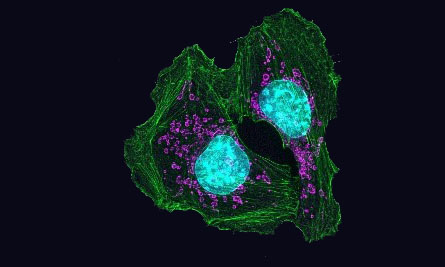
#5. Which of these cell structures build proteins?
The correct answer is B, ribosomes. Mitochondria produce energy. The ER processes newly made proteins and produces fatty substances called lipids. And the Golgi complex receives products from the ER and packages them for delivery to other parts of the cell or body.
Share...
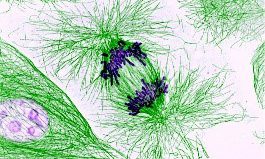
#6. What color are most cells?
The correct answer is C. Most cells are colorless and see-through. However, iron-rich cells, which include some of our blood cells, are red. Since most cells are see-through, scientists use fluorescent tags and other chemicals to visualize structures inside those cells.
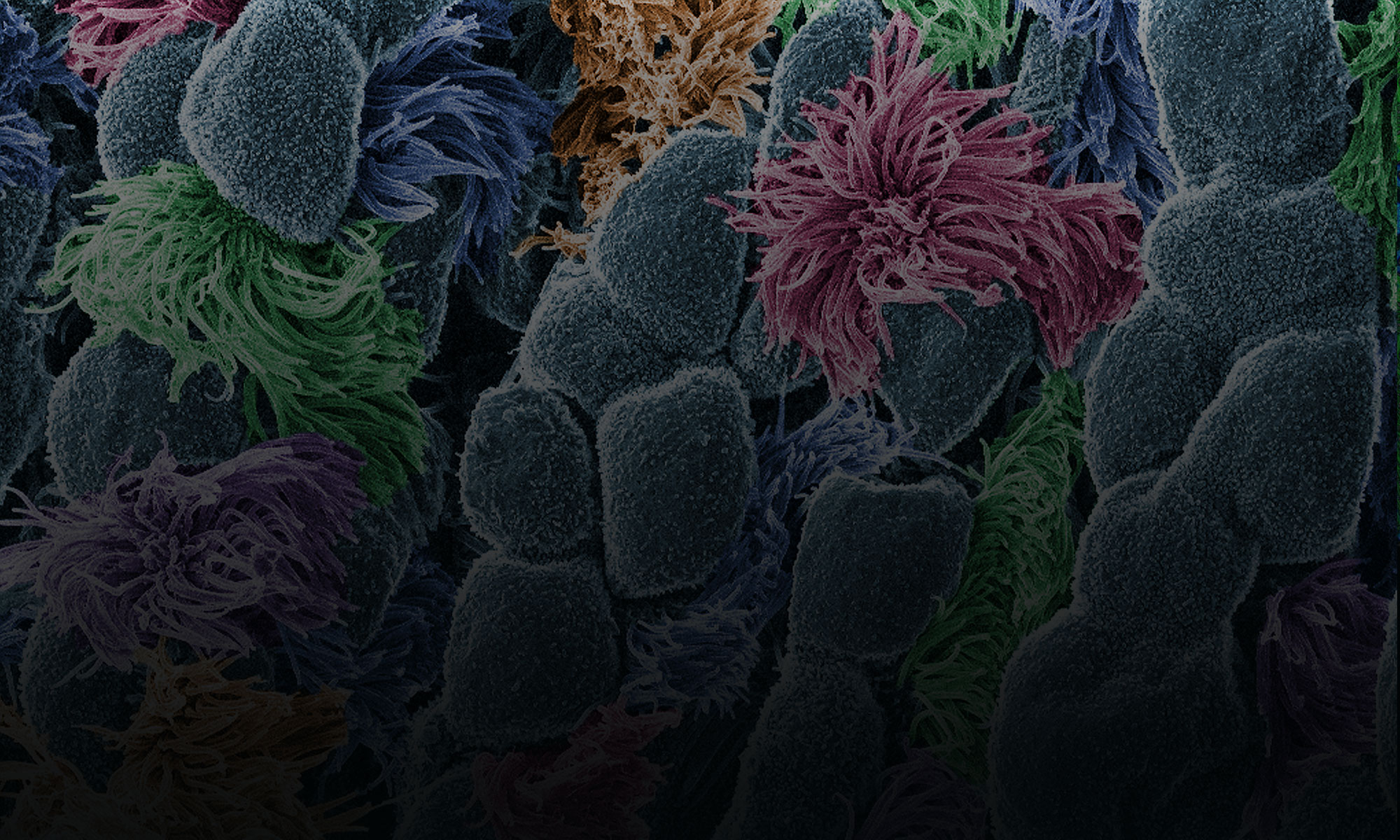




Nice source of learning biomedical sciences
Very nice activities and topics.
Great pictures. I love the quiz idea.
Very enjoyable short quiz with great photos.